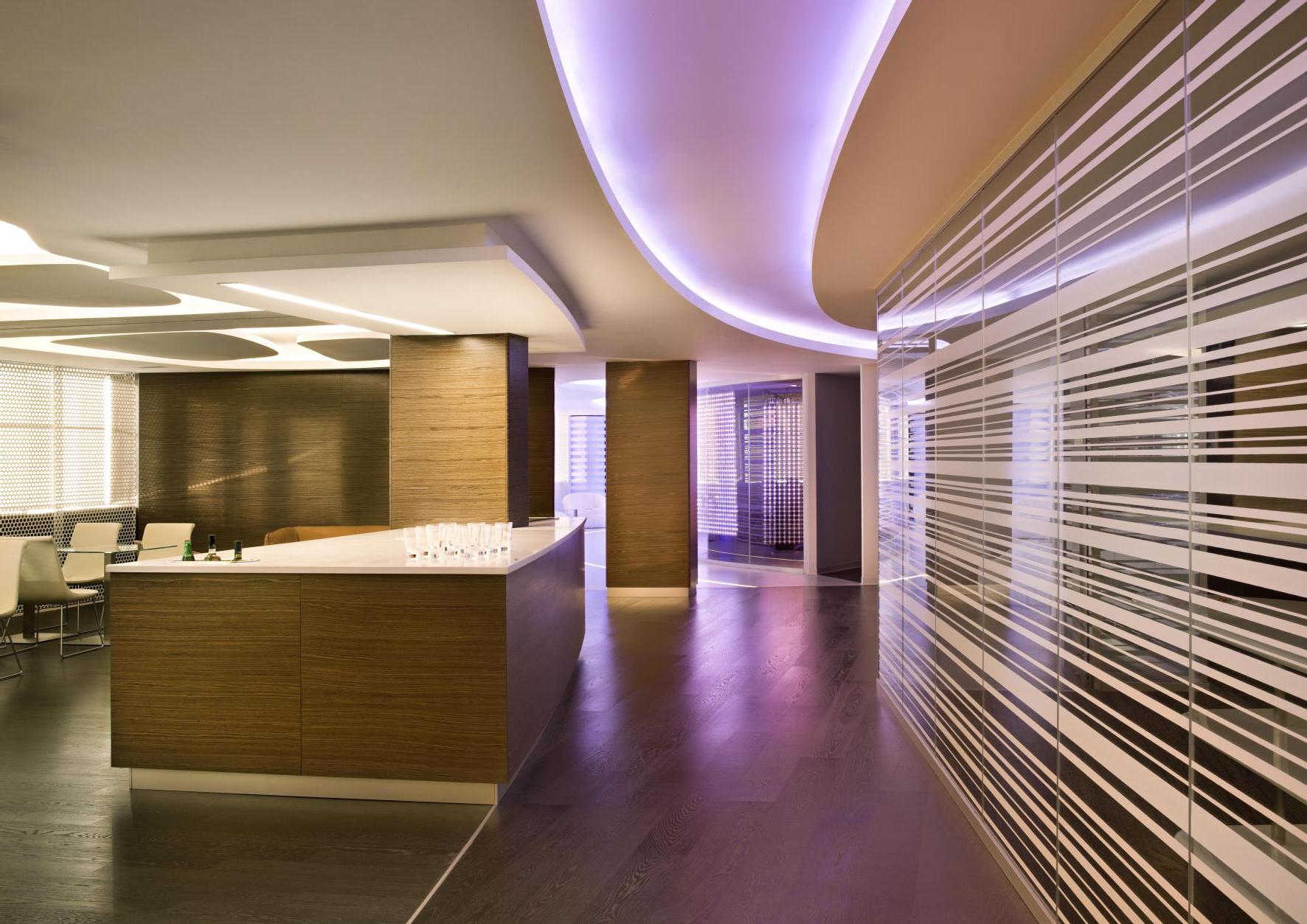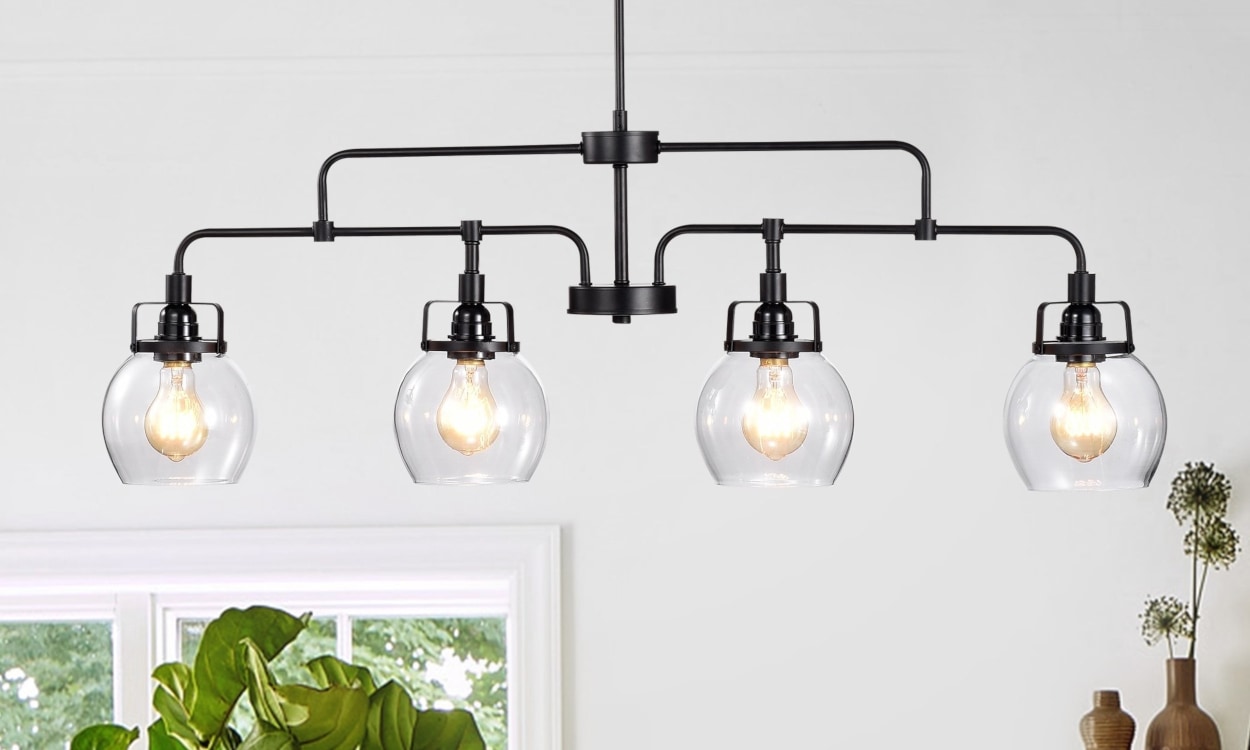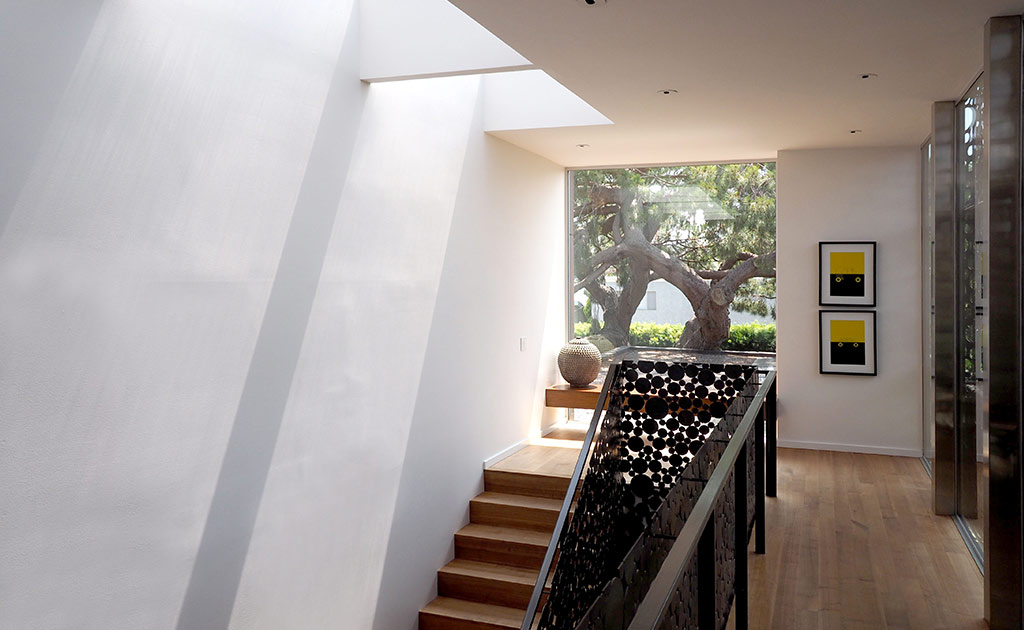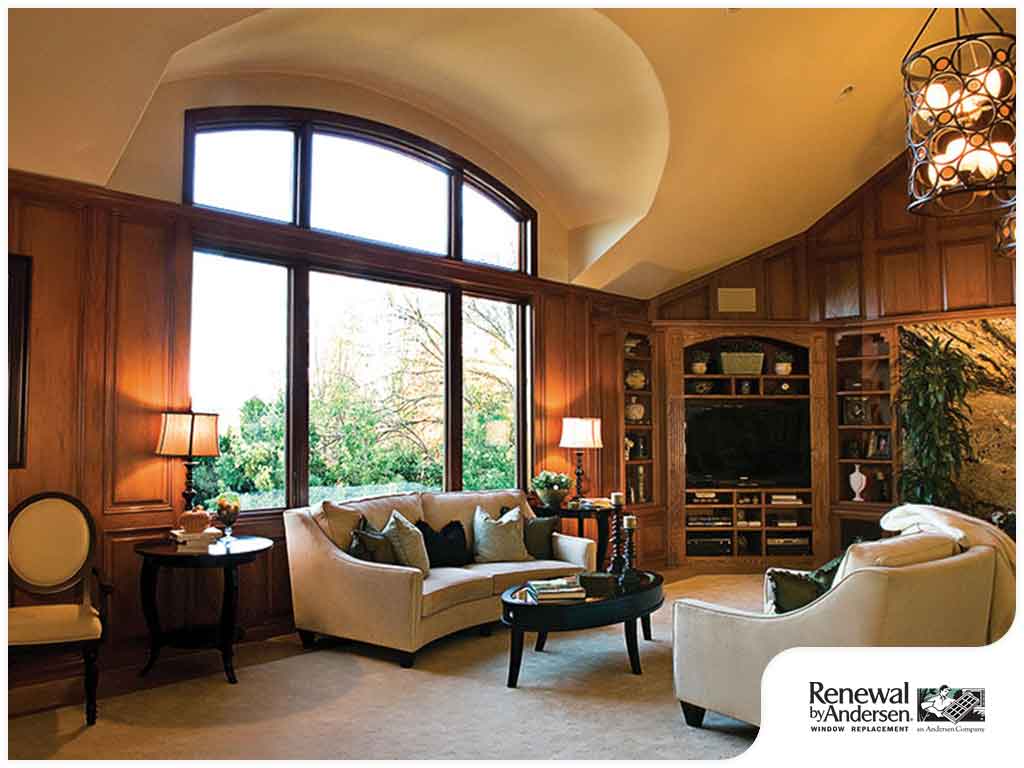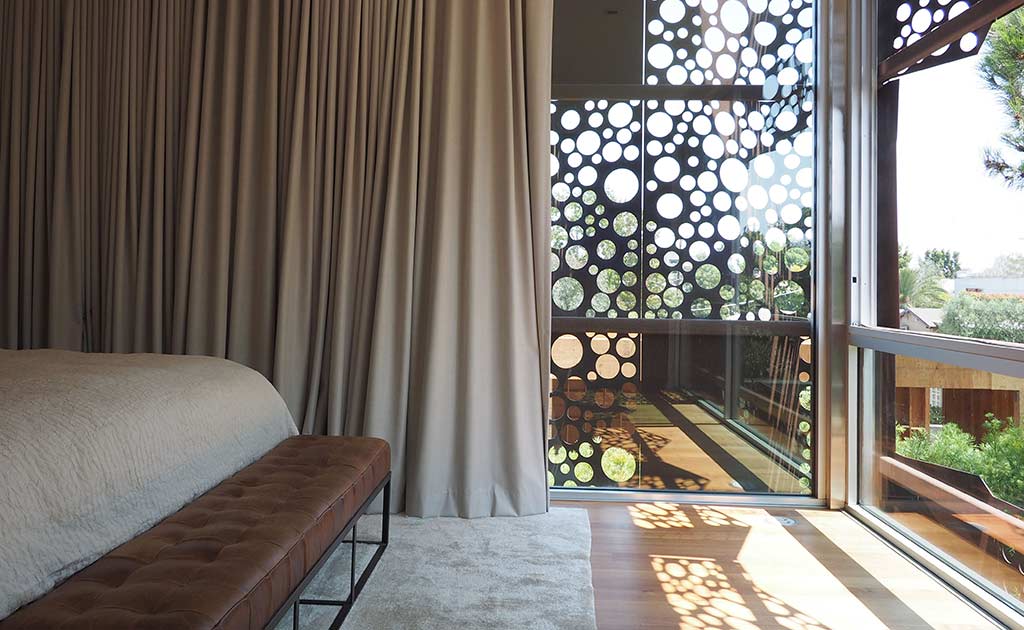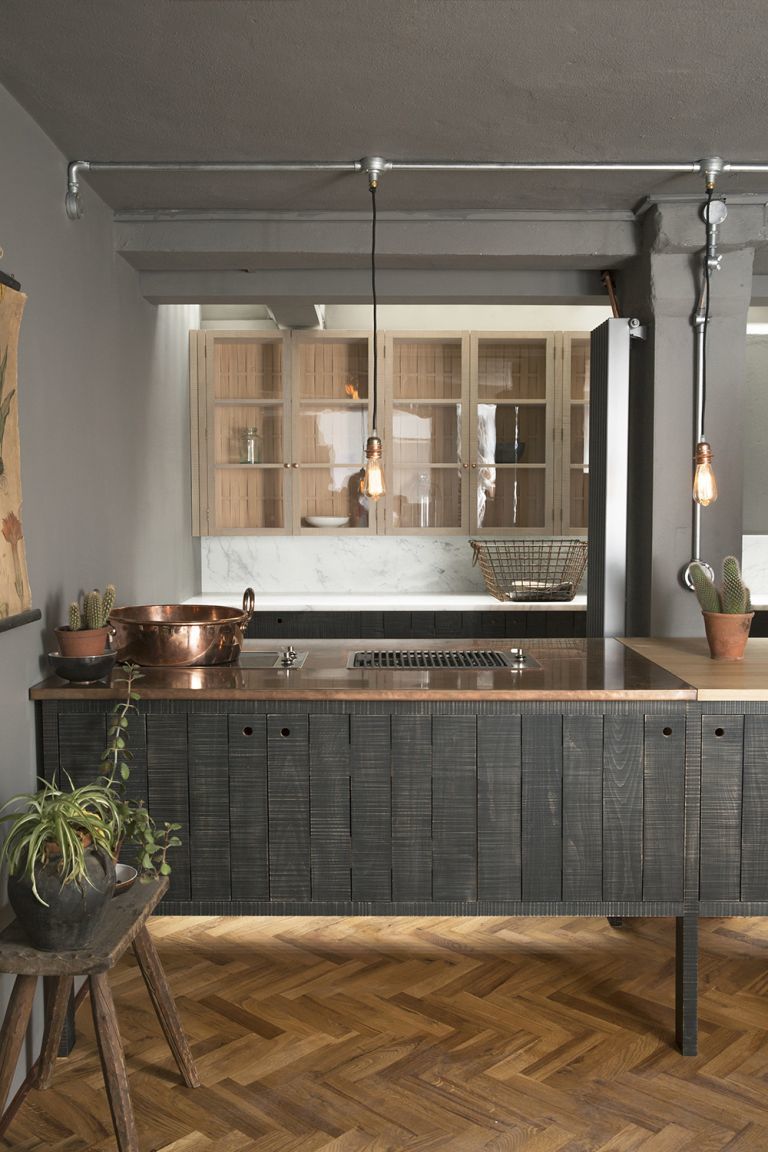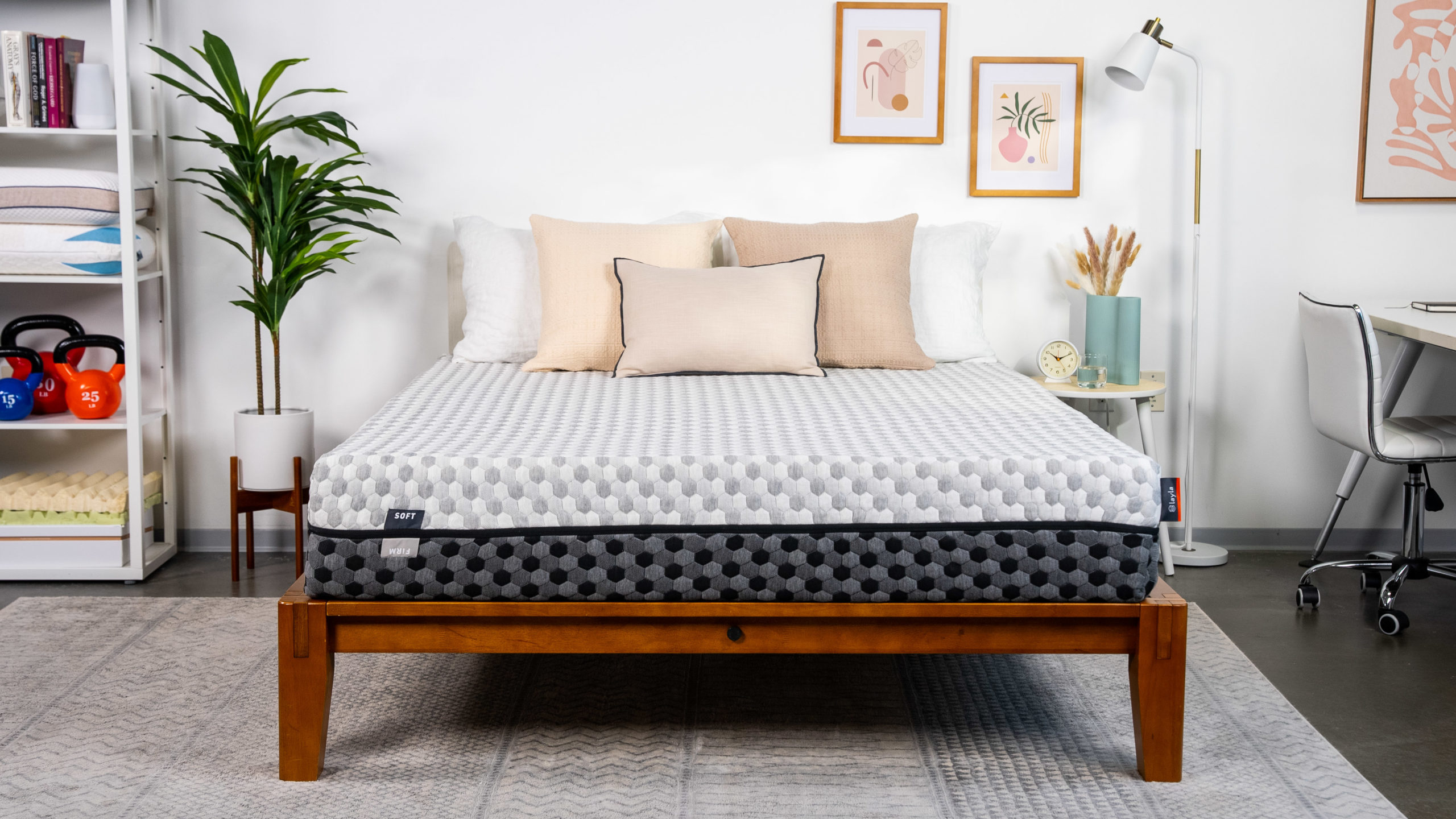The kitchen is often considered the heart of the home, and as such, it deserves the best lighting possible. Not only does proper lighting make it easier to complete tasks and prepare meals, but it also sets the mood and ambiance of the space. With so many options available, it can be overwhelming to choose the right lighting for your kitchen. In this guide, we will break down everything you need to know about lighting for your kitchen, including recommended light levels and color temperatures.Lighting for Kitchen: A Comprehensive Guide
When it comes to choosing the right color temperature for your kitchen lighting, it's important to consider both functionality and aesthetics. Color temperature refers to the color of the light emitted by a bulb, measured in Kelvin (K). The three main categories are warm white (2700K-3000K), neutral white (3500K-4000K), and cool white (5000K-6500K). If your kitchen is primarily used for cooking and meal prep, it's best to stick with a neutral or cool white color temperature. These cooler hues provide a more natural and bright light, making it easier to see details and work with ingredients. On the other hand, if your kitchen also serves as a social and entertaining space, warmer color temperatures can create a cozy and inviting atmosphere.How to Choose the Right Color Temperature for Your Kitchen Lighting
The lighting in your kitchen should be tailored to different tasks and areas. Here are the recommended light levels for each zone: Main Kitchen Area: For general lighting, aim for a light level of 50-75 lumens per square foot. For task lighting, such as above the stove or sink, aim for 300-400 lumens per square foot. Dining Area: If your kitchen has a dining area, aim for a light level of 30-40 lumens per square foot. Countertops and Work Areas: For task lighting, aim for 400-500 lumens per square foot. Pantry and Cabinets: Aim for a light level of 20-30 lumens per square foot for these storage areas.Recommended Light Levels for Kitchen Tasks
In addition to functionality, lighting also plays a crucial role in setting the ambiance in your kitchen. By layering different types of lighting, you can create the perfect mood for any occasion. Here are some tips for achieving the right ambiance: Dimmer Switches: Installing dimmer switches allows you to adjust the brightness of your lights to suit different tasks and moods. Task Lighting: As mentioned earlier, task lighting is essential for specific areas in the kitchen. Consider under-cabinet lights or pendant lights above the island or sink for a well-lit workspace. Accent Lighting: This type of lighting adds depth and dimension to your kitchen. Use it to highlight architectural features, artwork, or decorative pieces. Natural Light: Don't forget about natural light! Maximizing natural light not only saves on energy costs but also creates a warm and inviting atmosphere. Consider adding skylights, larger windows, or a glass door to bring more natural light into your kitchen.Creating the Perfect Ambiance with Kitchen Lighting
As mentioned earlier, color temperature plays a significant role in the look and feel of your kitchen. But how exactly does it impact your lighting? Here are some things to consider: Warm White: This color temperature creates a cozy and inviting atmosphere, perfect for socializing and entertaining. However, it can also make colors appear more yellow or orange. Neutral White: This color temperature is closer to natural daylight and is ideal for task lighting. It provides a clean and bright light without being too harsh. Cool White: This color temperature is often used in commercial spaces, as it creates a bright and energetic atmosphere. In a kitchen, it can make colors appear more blue or green.Understanding Color Temperature and Its Impact on Kitchen Lighting
When it comes to choosing light bulbs for your kitchen, there are a few factors to consider. In addition to color temperature, it's also essential to pay attention to lumens, which measure the brightness of a bulb. Here is a breakdown of the best light bulbs for each color temperature: Warm White: For a warm and cozy ambiance, choose bulbs with a color temperature of 2700K-3000K and a lumen range of 800-1100. Neutral White: For a clean and bright light, opt for bulbs with a color temperature of 3500K-4000K and a lumen range of 1100-1600. Cool White: To create a bright and energetic atmosphere, select bulbs with a color temperature of 5000K-6500K and a lumen range of 1600-2000.Best Light Bulbs for Kitchen: A Comparison of Color Temperature and Lumens
Layering lighting is crucial for achieving both functionality and style in your kitchen. Here are some tips for effectively layering your kitchen lighting: Start with General Lighting: This should be the base layer of lighting in your kitchen. Consider recessed lights, a central ceiling fixture, or track lighting to provide overall illumination. Add Task Lighting: Task lighting should be placed in specific areas where extra light is needed, such as above the stove, sink, or countertops. Choose fixtures that provide focused and directional lighting. Incorporate Accent Lighting: This layer adds visual interest and ambiance to your kitchen. Consider using wall sconces, under-cabinet lights, or pendant lights to highlight certain features or areas.How to Layer Lighting in Your Kitchen for Optimal Functionality and Style
Here are a few additional tips to keep in mind when designing your kitchen lighting: Consider the Size and Layout of Your Kitchen: The size and layout of your kitchen will play a significant role in determining the type and placement of your lighting. A smaller kitchen may only need one central fixture, while a larger kitchen may require multiple layers of lighting. Choose Energy-Efficient Bulbs: LED bulbs are the most energy-efficient option and can last up to 25 times longer than traditional incandescent bulbs. Mix and Match Fixtures: Don't be afraid to mix and match different types of lighting fixtures for a more dynamic and visually appealing look.Lighting Design Tips for a Well-Lit and Inviting Kitchen
Natural light is a valuable asset in any kitchen. Here are some ways to make the most of it: Opt for Lighter Colors: Lighter paint colors and finishes will help reflect natural light, making your kitchen feel brighter and more spacious. Keep Windows Unobstructed: Avoid placing large furniture or appliances in front of windows, as this will block natural light from entering your kitchen. Use Window Treatments Wisely: Opt for sheer or light-colored window treatments that allow natural light to filter through while still providing privacy.Maximizing Natural Light in Your Kitchen: Tips and Tricks
Lastly, here are some common mistakes to avoid when it comes to kitchen lighting: Insufficient Lighting: Don't skimp on lighting in your kitchen. Insufficient lighting can make tasks more challenging and make the space feel dim and uninviting. Using Only Overhead Lighting: Overhead lighting alone can create unflattering shadows and make it difficult to see details. Layering different types of lighting is key. Forgetting About Dimmer Switches: Dimmer switches are a game-changer when it comes to creating the perfect ambiance. Don't forget to install them when designing your kitchen lighting. Not Considering Color Temperature: Choosing the wrong color temperature can make your kitchen feel uninviting or affect the appearance of colors in the space. Consider the function and mood of your kitchen when selecting color temperatures.Common Kitchen Lighting Mistakes and How to Avoid Them
Choosing the Right Light Levels and Color Temperature for Your Kitchen

Importance of Lighting in Kitchen Design
 When it comes to designing a kitchen, lighting is often overlooked or considered as an afterthought. However, proper lighting can make a significant difference in the overall functionality and aesthetic of your kitchen. It not only affects the way you see and use your kitchen, but it also plays a crucial role in setting the mood and ambiance of the space.
Light levels and color temperature
are two essential factors to consider when planning the lighting for your kitchen. These elements can greatly impact the functionality, atmosphere, and even the perceived size of your kitchen. Let's take a closer look at each factor and how to choose the right levels and temperature for your kitchen.
When it comes to designing a kitchen, lighting is often overlooked or considered as an afterthought. However, proper lighting can make a significant difference in the overall functionality and aesthetic of your kitchen. It not only affects the way you see and use your kitchen, but it also plays a crucial role in setting the mood and ambiance of the space.
Light levels and color temperature
are two essential factors to consider when planning the lighting for your kitchen. These elements can greatly impact the functionality, atmosphere, and even the perceived size of your kitchen. Let's take a closer look at each factor and how to choose the right levels and temperature for your kitchen.
Light Levels
 Light levels
refer to the amount of light in a room. In the kitchen, it is crucial to have adequate light for tasks such as cooking, cleaning, and food preparation. However, having too much light can also be uncomfortable and may cause glare and shadows. Therefore, it is essential to strike a balance and create layers of light in your kitchen.
Start by installing general ambient lighting, such as recessed lights or a central ceiling fixture, to provide overall illumination. Then, add task lighting in specific areas where you need brighter light, such as above the stovetop and sink. This will ensure that you have ample light for preparing and cooking meals. Finally, incorporate accent lighting, such as under-cabinet lights, to add depth and visual interest to your kitchen.
Light levels
refer to the amount of light in a room. In the kitchen, it is crucial to have adequate light for tasks such as cooking, cleaning, and food preparation. However, having too much light can also be uncomfortable and may cause glare and shadows. Therefore, it is essential to strike a balance and create layers of light in your kitchen.
Start by installing general ambient lighting, such as recessed lights or a central ceiling fixture, to provide overall illumination. Then, add task lighting in specific areas where you need brighter light, such as above the stovetop and sink. This will ensure that you have ample light for preparing and cooking meals. Finally, incorporate accent lighting, such as under-cabinet lights, to add depth and visual interest to your kitchen.
Color Temperature
 Color temperature
refers to the color of the light emitted by a light source. It is measured in Kelvin (K) and can range from warm (2700K-3000K) to cool (5000K-6500K). In the kitchen, it is best to stick with a color temperature of 3500K to 4000K, which provides a bright yet natural light that is ideal for food preparation and cooking.
It is also essential to consider the color temperature of your kitchen's surroundings when choosing lighting. For example, if your kitchen has warm-colored cabinets and countertops, it is best to choose warm-toned lighting to create a cohesive look. On the other hand, if your kitchen has a cooler color palette, such as white or gray, cool-toned lighting will complement the space better.
Conclusion
In conclusion,
proper light levels and color temperature
are vital in creating a functional and visually appealing kitchen. By carefully considering these factors and incorporating layers of light, you can transform your kitchen into a bright and inviting space. Remember to also consider the overall design and color scheme of your kitchen when choosing lighting to achieve a cohesive and harmonious look.
Color temperature
refers to the color of the light emitted by a light source. It is measured in Kelvin (K) and can range from warm (2700K-3000K) to cool (5000K-6500K). In the kitchen, it is best to stick with a color temperature of 3500K to 4000K, which provides a bright yet natural light that is ideal for food preparation and cooking.
It is also essential to consider the color temperature of your kitchen's surroundings when choosing lighting. For example, if your kitchen has warm-colored cabinets and countertops, it is best to choose warm-toned lighting to create a cohesive look. On the other hand, if your kitchen has a cooler color palette, such as white or gray, cool-toned lighting will complement the space better.
Conclusion
In conclusion,
proper light levels and color temperature
are vital in creating a functional and visually appealing kitchen. By carefully considering these factors and incorporating layers of light, you can transform your kitchen into a bright and inviting space. Remember to also consider the overall design and color scheme of your kitchen when choosing lighting to achieve a cohesive and harmonious look.













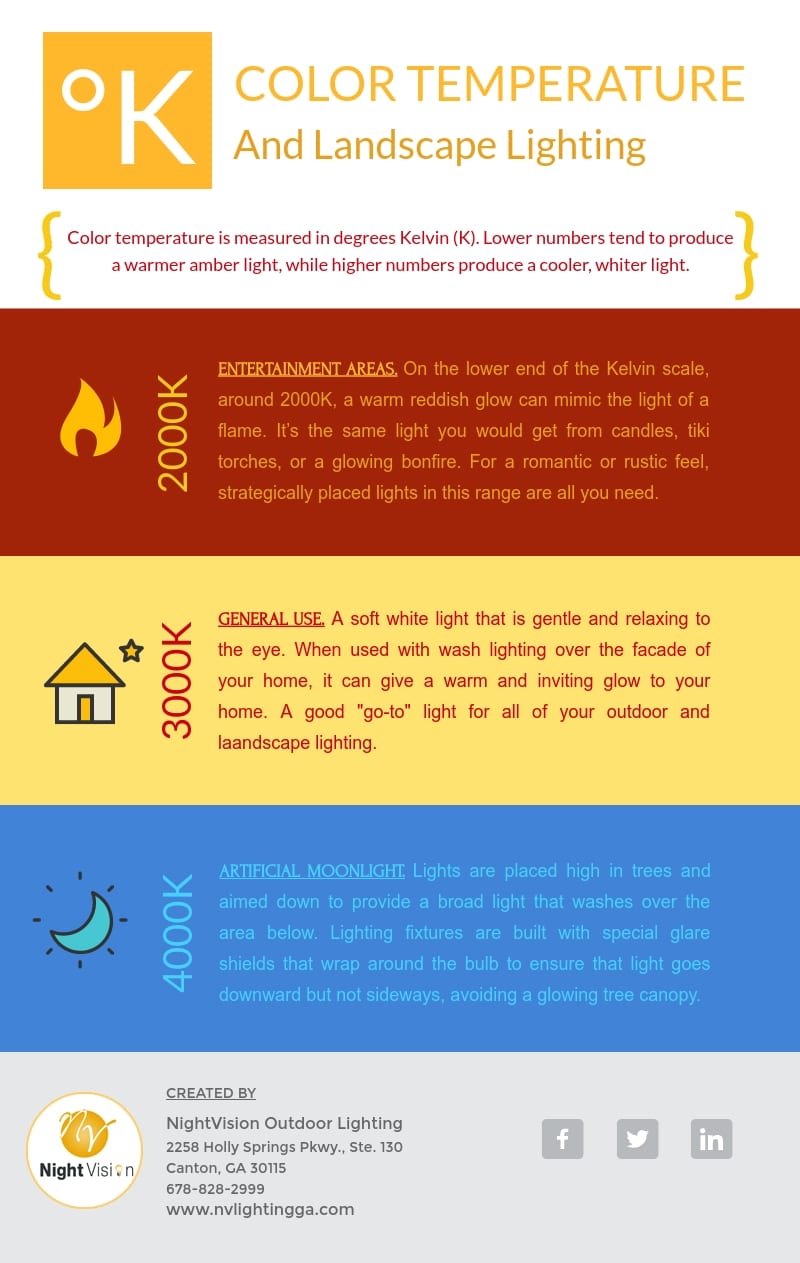









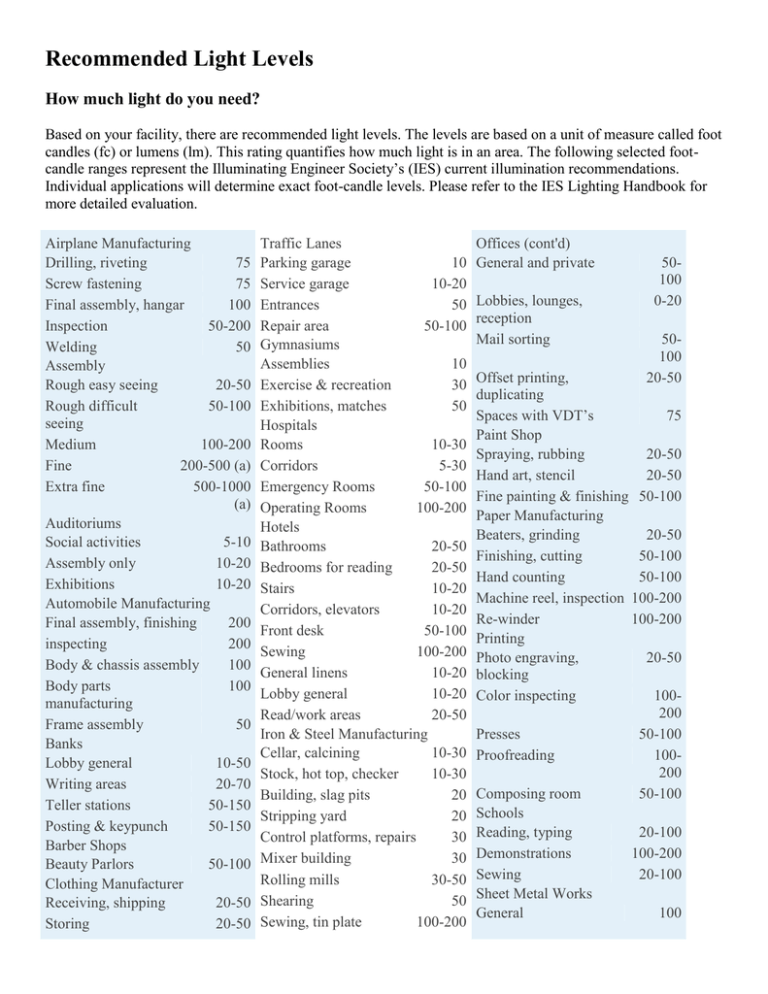
































.png)






















